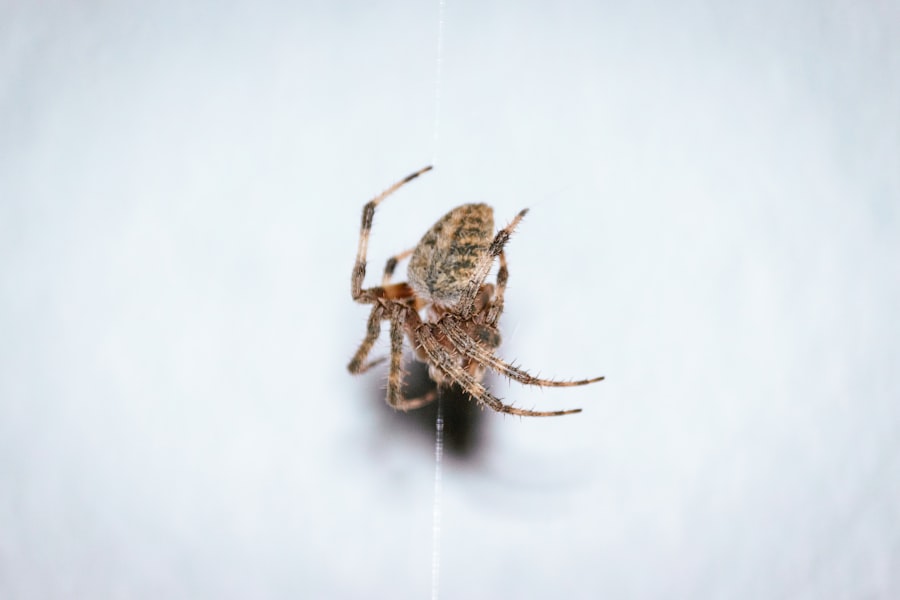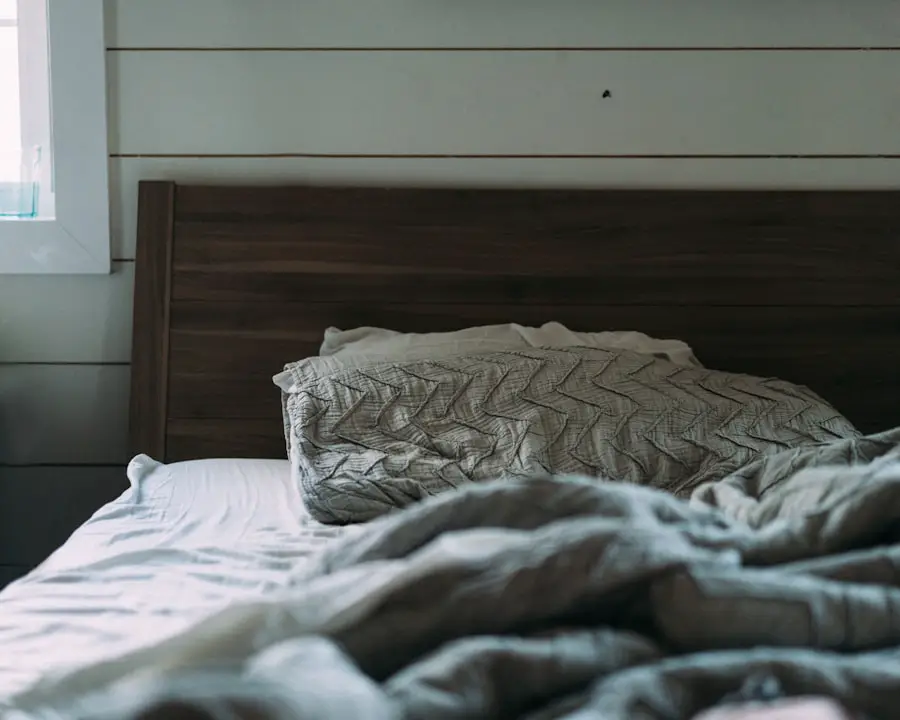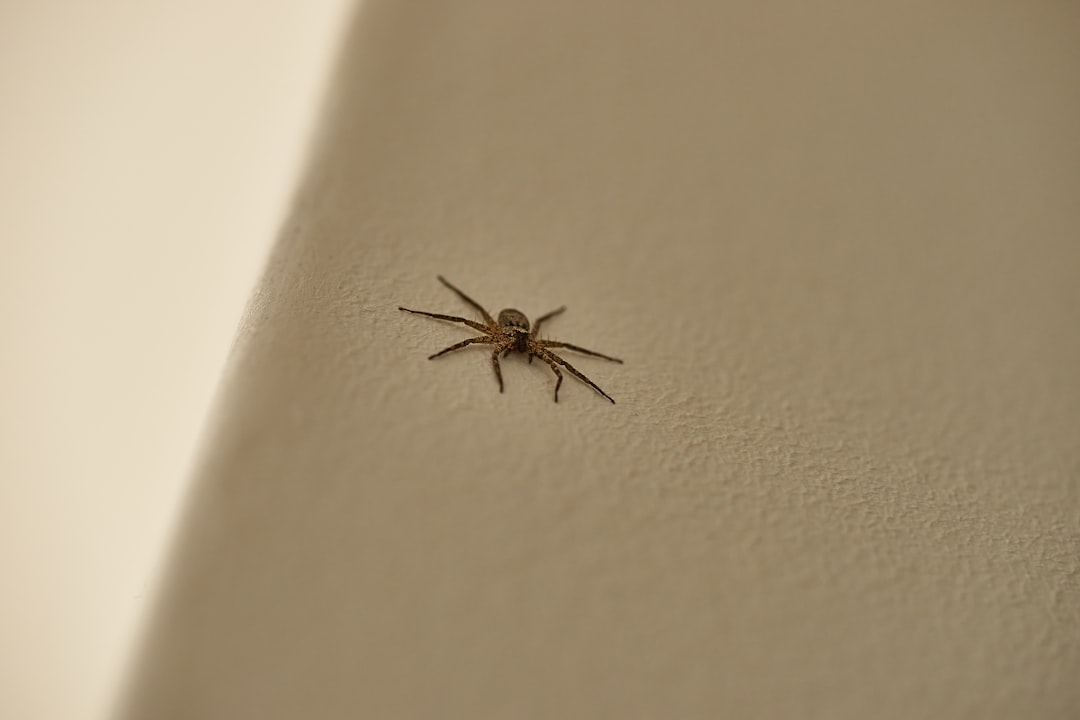Bed bugs, scientifically known as Cimex lectularius, have become a significant concern for travelers and hotel operators alike. These small, nocturnal insects are notorious for their ability to hide in the crevices of furniture, bedding, and even luggage, making them a formidable foe for anyone seeking a peaceful night’s sleep. The resurgence of bed bugs in recent years can be attributed to various factors, including increased international travel, the rise of second-hand furniture sales, and the insects’ remarkable resilience to many common pesticides.
Hotels, often bustling with guests from diverse locations, can inadvertently become breeding grounds for these pests, leading to potential infestations that can disrupt the experience of unsuspecting visitors. The presence of bed bugs in hotels not only poses a threat to guests’ comfort but also has significant implications for hotel management. An infestation can lead to negative reviews, loss of business, and costly extermination efforts.
As such, understanding bed bugs—how they operate, how to identify them, and what steps to take if encountered—is crucial for both travelers and hotel staff. This article aims to provide comprehensive insights into bed bugs in hotels, equipping readers with the knowledge necessary to navigate this unsettling issue effectively.
Key Takeaways
- Bed bugs are a common problem in hotels and can easily be brought home by travelers.
- Check for bed bugs by inspecting the mattress, headboard, and furniture in your hotel room.
- If you find bed bugs in your hotel room, notify the management immediately and request a new room.
- To prevent bed bugs during your hotel stay, keep your luggage off the floor and inspect it before leaving.
- Report any bed bug sightings to hotel management and familiarize yourself with your legal rights as a hotel guest.
How to Spot Bed Bugs in Your Hotel Room
Identifying bed bugs in a hotel room requires vigilance and a keen eye for detail. One of the first signs of a potential infestation is the presence of small, reddish-brown insects that resemble apple seeds. Adult bed bugs are approximately 4-5 mm in length and have a flat, oval shape.
However, they can be challenging to spot due to their elusive nature and ability to hide in tiny crevices. Guests should inspect common hiding spots such as the seams of mattresses, behind headboards, and within the folds of curtains. Additionally, bed bugs often leave behind telltale signs such as dark spots on bedding or furniture—these spots are actually fecal matter and can be an indicator of their presence.
Another critical sign to look for is the presence of shed exoskeletons. As bed bugs grow, they molt several times, leaving behind their discarded skins. These skins can often be found in areas where bed bugs are hiding.
Furthermore, guests may experience bites that appear as small red welts on their skin, often arranged in a line or cluster. While not everyone reacts to bed bug bites, those who do may experience itching and discomfort. It is essential for travelers to be proactive in their inspections upon entering a hotel room; taking the time to thoroughly check for these signs can save them from a potentially distressing experience.
What to Do If You Find Bed Bugs in Your Hotel Room

Discovering bed bugs in your hotel room can be alarming and distressing. The first step is to remain calm and avoid panicking. It is crucial not to unpack your belongings or place your luggage on the bed or floor until you have assessed the situation.
If you have already unpacked, carefully inspect your belongings for any signs of bed bugs before repacking. Once you have confirmed the presence of bed bugs, it is essential to notify hotel management immediately.
Most reputable hotels have protocols in place for dealing with infestations and will take your report seriously. They may offer you a different room—preferably one that is not adjacent to the infested room—to minimize the risk of spreading the pests. Additionally, they should provide assistance with any necessary pest control measures.
Documenting your findings with photographs can also be helpful if you need to escalate the issue later on. Remember that addressing the problem promptly is key; delaying action could lead to further discomfort and potential spread of the infestation.
Tips for Preventing Bed Bugs During Your Hotel Stay
| Preventive Tips | Description |
|---|---|
| Inspect the Room | Check the mattress, headboard, and furniture for signs of bed bugs. |
| Keep Luggage Elevated | Store your luggage on a luggage rack instead of on the floor or bed. |
| Use Protective Covers | Use bed bug-proof mattress and pillow covers to protect yourself. |
| Keep Clothing Off the Floor | Hang your clothing instead of leaving them on the floor or furniture. |
| Wash Clothes in Hot Water | Wash and dry your clothes on high heat after returning from your trip. |
Preventing bed bugs during your hotel stay involves a combination of vigilance and proactive measures. Before even stepping foot into your hotel room, consider conducting some preliminary research on the establishment. Online reviews can provide insights into previous guests’ experiences regarding cleanliness and pest issues.
Websites dedicated to reporting bed bug incidents can also be valuable resources for identifying hotels with a history of infestations. Once you arrive at your hotel, take precautions as soon as you enter your room. Begin by placing your luggage on a hard surface rather than on the bed or carpet.
This simple step minimizes the risk of inadvertently bringing bed bugs into your belongings. Conduct a thorough inspection of the room before unpacking; check the mattress seams, headboards, and any upholstered furniture for signs of bed bugs or their droppings.
How to Check Your Luggage for Bed Bugs Before Leaving the Hotel
Before departing from your hotel, it is crucial to conduct a thorough inspection of your luggage to ensure that no bed bugs have hitched a ride home with you. Start by emptying your suitcase or bag onto a clean surface—preferably one that is not carpeted—to facilitate a detailed examination. Pay close attention to seams, pockets, and any compartments where bed bugs might hide.
Use a flashlight if necessary to illuminate dark areas. In addition to inspecting your luggage itself, check any items you may have brought into the hotel room, such as clothing or electronics. If you suspect that any items may have come into contact with bed bugs, consider placing them in sealed plastic bags until you can wash or treat them appropriately at home.
After completing your inspection, it is advisable to wash all clothing from your trip in hot water and dry them on high heat for at least 30 minutes; this will help eliminate any potential pests that may have made their way into your belongings.
What to Do If You Suspect Bed Bugs Have Come Home with You

If you suspect that bed bugs have made their way into your home after a hotel stay, it is essential to act quickly and methodically. The first step is to confirm whether you indeed have an infestation. Look for signs such as bites on your skin, small blood stains on sheets, or dark fecal spots on mattresses or furniture.
If you find evidence of bed bugs, it is crucial not to panic; instead, take immediate action. Begin by isolating any items that may be infested. Place affected clothing in sealed plastic bags and avoid spreading them throughout your home.
Next, conduct a thorough inspection of your living space, focusing on bedrooms and common areas where luggage may have been placed. If you find evidence of bed bugs in your home, consider contacting a professional pest control service specializing in bed bug extermination. DIY methods may not be effective against these resilient pests; professional treatment often involves a combination of heat treatment and chemical applications tailored specifically for bed bug eradication.
How Hotels Can Prevent and Treat Bed Bug Infestations
Hotels play a critical role in preventing and managing bed bug infestations within their premises. A proactive approach begins with regular inspections by trained staff who are knowledgeable about identifying signs of bed bugs early on. Many hotels implement routine checks of guest rooms and common areas to catch potential infestations before they escalate into larger problems.
In addition to inspections, hotels should invest in preventative measures such as encasements for mattresses and box springs that are designed to keep bed bugs from entering or escaping these areas. Staff training is also essential; employees should be educated about recognizing signs of bed bugs and understanding proper protocols for reporting and addressing infestations promptly. When an infestation is confirmed, hotels must act swiftly by isolating affected rooms and engaging professional pest control services to treat the problem effectively.
How to Choose a Bed Bug-Free Hotel for Your Stay
Selecting a hotel that prioritizes cleanliness and pest control can significantly reduce the likelihood of encountering bed bugs during your travels. Start by researching hotels online; look for establishments with positive reviews regarding cleanliness and guest experiences related to pest management. Websites dedicated to reporting bed bug incidents can also provide valuable insights into which hotels have had previous infestations.
When making reservations, consider reaching out directly to the hotel staff with questions about their pest control policies and procedures. Inquire about their cleaning protocols and whether they conduct regular inspections for pests like bed bugs. A reputable hotel will be transparent about their practices and should be willing to provide information regarding their commitment to maintaining a pest-free environment.
The Importance of Reporting Bed Bugs to Hotel Management
Reporting bed bugs to hotel management is not only essential for addressing your immediate concerns but also plays a vital role in protecting future guests from similar experiences. When guests report infestations promptly, hotel management can take swift action to investigate and treat the problem before it escalates further. This proactive approach helps maintain the hotel’s reputation and ensures that other visitors do not suffer from an uncomfortable stay.
Moreover, reporting incidents allows hotels to track patterns related to infestations and implement more effective prevention strategies moving forward. By sharing your experience with management—whether through direct communication or online reviews—you contribute valuable information that can help improve overall guest safety and comfort.
The Legal Rights of Hotel Guests in Relation to Bed Bug Infestations
Hotel guests have specific legal rights when it comes to dealing with bed bug infestations during their stay. Under premises liability laws, hotels are responsible for maintaining safe and habitable conditions for their guests; this includes taking reasonable steps to prevent pest infestations like bed bugs. If a guest suffers harm due to negligence—such as failing to address an infestation—they may have grounds for legal action against the hotel.
In many jurisdictions, guests may seek compensation for damages related to physical injuries caused by bites or emotional distress stemming from an infestation experience. Documentation is crucial; keeping records of communications with hotel management, photographs of evidence, and medical records related to bites can strengthen any potential claims against the establishment.
Staying Safe and Bed Bug-Free During Your Hotel Stay
Navigating the world of travel while remaining vigilant against bed bugs requires awareness and proactive measures from both guests and hotel operators alike. By understanding how to spot these pests, what actions to take if encountered, and how hotels can effectively manage infestations, travelers can significantly reduce their risk of experiencing discomfort during their stays. Ultimately, fostering open communication between guests and hotel management plays a pivotal role in ensuring safe accommodations free from these unwelcome intruders.
When traveling, it’s important to be aware of potential risks such as bed bugs in hotel rooms. One helpful article on taketravelinfo.com provides tips on how to check for bed bugs at a hotel to ensure a comfortable and pest-free stay. By following these guidelines, travelers can protect themselves from unwanted encounters with these pesky insects.
FAQs
What are bed bugs?
Bed bugs are small, reddish-brown insects that feed on the blood of humans and animals. They are typically found in bedding, mattresses, and furniture.
How can I check for bed bugs at a hotel?
– Start by checking the mattress and box spring for any signs of bed bugs, such as dark spots or actual bugs.
– Look for blood stains or dark spots on the sheets, mattress, and furniture.
– Inspect the headboard, nightstands, and any upholstered furniture for signs of bed bugs.
– Use a flashlight to check behind and underneath the bed, as well as in any cracks or crevices.
What should I do if I find bed bugs in my hotel room?
– Notify the hotel staff immediately and request a different room.
– If you are unable to move to a different room, consider finding a different hotel to stay at.
– Keep your luggage and belongings off the floor and away from the bed to prevent bed bugs from hitching a ride home with you.
Can I prevent bringing bed bugs home from a hotel?
– Inspect your luggage and belongings before leaving the hotel to ensure there are no signs of bed bugs.
– Wash and dry your clothing on high heat as soon as you return home to kill any potential bed bugs.
– Vacuum your luggage and consider using a bed bug travel spray as a precaution.
